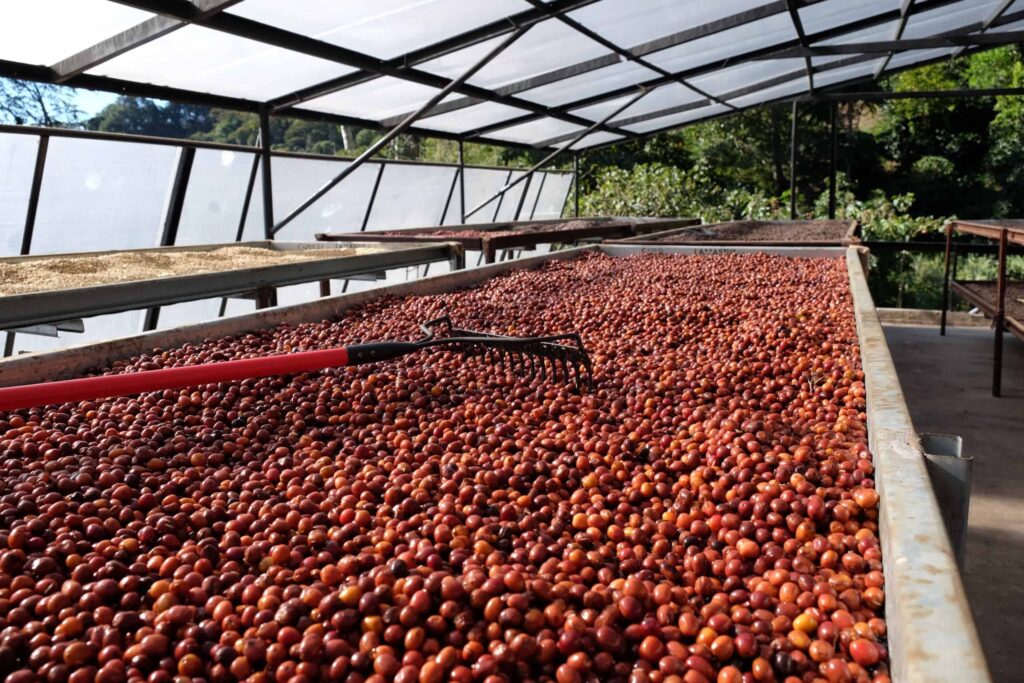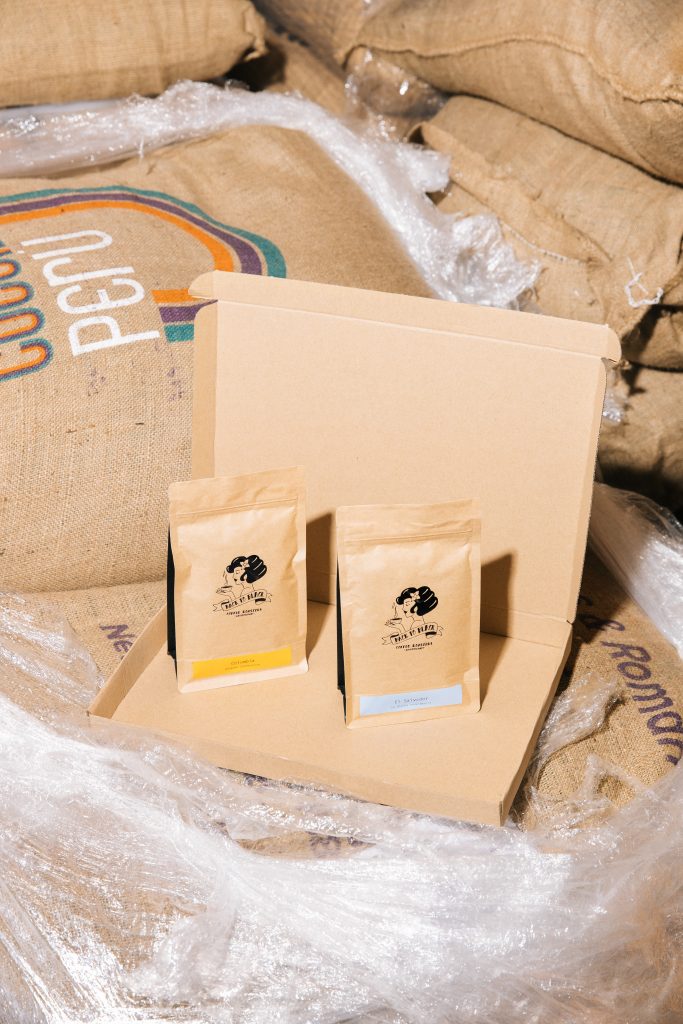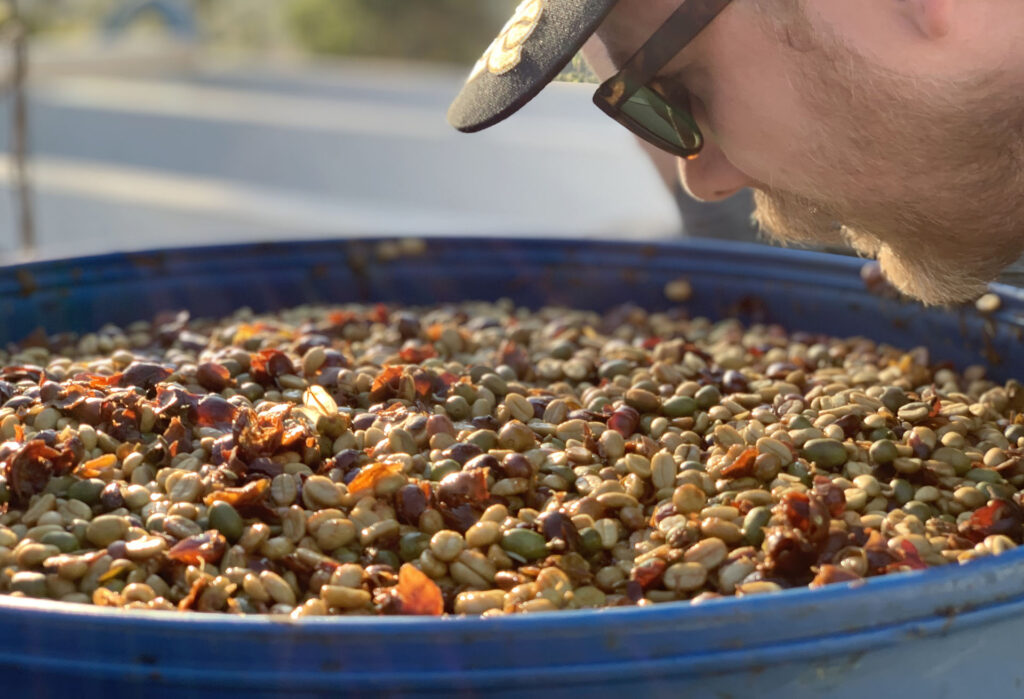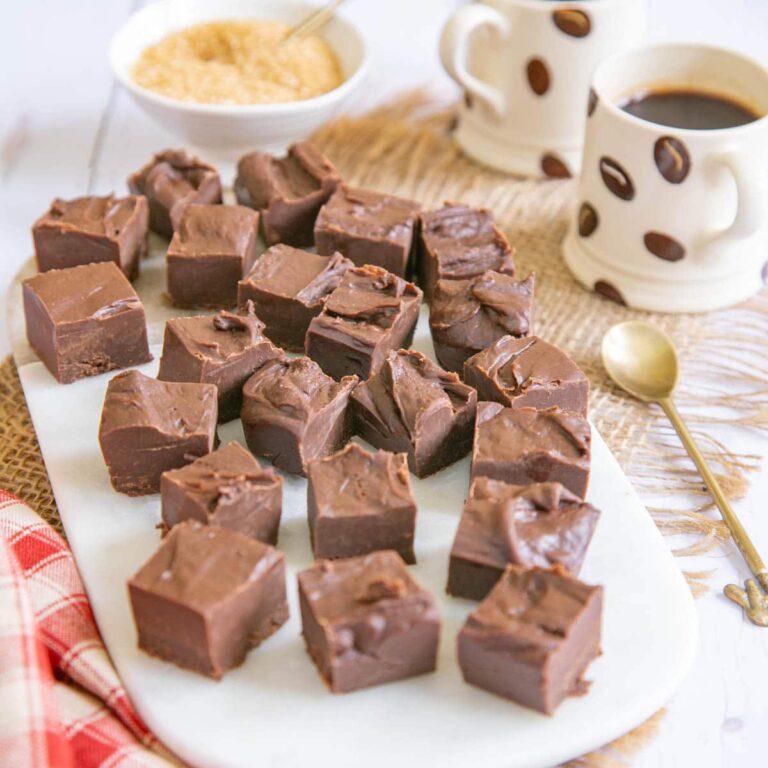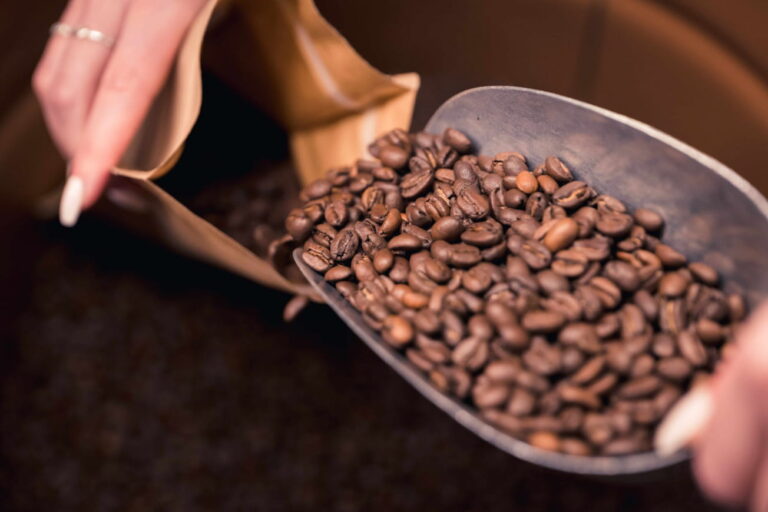Anaerobic Coffee Roasting: Your Next Flavor Adventure
Ever stumbled upon a coffee that just blows your mind? Prepare for lift-off because we’re diving into the world of Anaerobic Coffee Roasting. This isn’t your average Joe; it’s like the espresso shot to your morning routine, but with a twist. Imagine locking coffee beans in an oxygen-free chamber, letting them ferment in their own natural sugars and juices.
The result? A flavor profile so unique, it’s like discovering coffee for the first time again. Curious? Stick around. We’re about to unravel the secrets behind this magical process and trust me, by the end, you’ll be itching to get your hands on a cup (or ten). Let’s embark on this flavor-packed journey together.
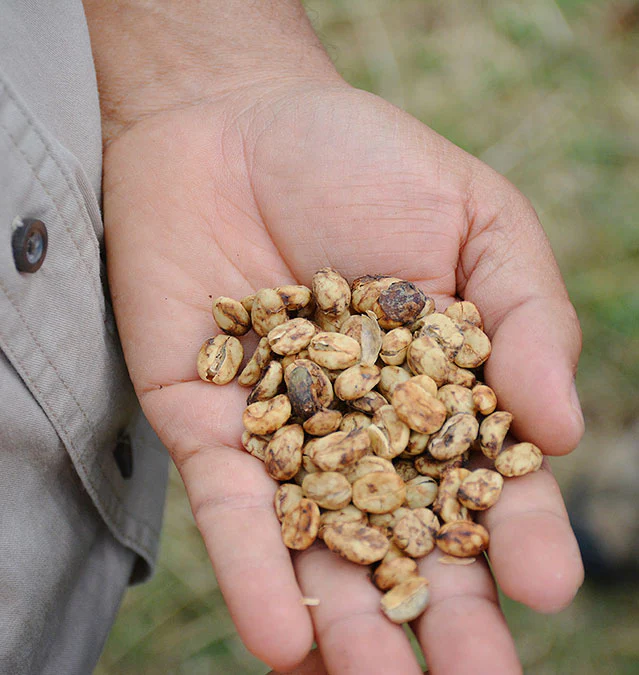
What is Anaerobic Coffee?
Picture this: coffee beans playing hide and seek, but in a sealed container where oxygen’s “it” and can’t find them. That’s anaerobic coffee for you. In this game, coffee beans are fermented without air, getting cozy with their own natural sugars and microbes.
This isn’t just a fancy process; it’s like giving the beans a spa treatment, where they emerge with profiles so exotic, you’ll wonder if they’ve been on a world tour.
Think of flavors that dance on your palate, from fruity to funky, all because these beans decided to take a vacation in an oxygen-free zone. It’s not just coffee; it’s a taste adventure that’s as thrilling as binge-watching your favorite series.

How Does Anaerobic Taste Like?

Imagine if normal roasted coffee is like a classic rock song—familiar, comforting, and with a clear rhythm. Now, anaerobic coffee? That’s like jazz fusion; it’s experimental, full of unexpected twists, and each sip feels like a new discovery.
Where your regular cup might serenade you with notes of chocolate and nuts, anaerobic coffee breaks into a freestyle dance, flaunting flavors from ripe berries to zesty citrus, maybe even throwing in a hint of wine or a dash of tropical fruit for good measure.
The difference is stark, like comparing a well-tailored suit to a one-of-a-kind avant-garde outfit. Anaerobic coffee’s taste complexity is off the charts, offering a sensory experience that makes regular coffee seem, well, a bit vanilla.
Tips Before You Start Anaerobic Coffee Roasting
Before you jump into the anaerobic coffee roasting pool, let’s make sure you’re not diving into the shallow end. Here are some lifebuoys to keep you afloat:
- Get Your Beans Right: Not all coffee beans are cut out for this. Look for high-quality, fresh beans that are known for their inherent sweetness and complexity. Think of them as the A-listers of the coffee world.
- Seal the Deal Properly: Oxygen is your frenemy here. You need to ensure your fermentation container is as airtight as a submarine. Any leaks, and you’re inviting the wrong kind of party crashers to your bean bash.
- Temperature Control: Like baking a soufflé, precision is key. Too hot, and your beans might end up spilling all their secrets too quickly. Too cold, and they might not open up at all. Find that sweet spot to keep the fermentation process in harmony.
- Patience is a Virtue: Anaerobic roasting is not a fast-food joint; it’s more of a fine dining experience. Give your beans the time they need to develop those complex flavors. Rush it, and you might as well be making instant coffee.
- Experiment: The beauty of anaerobic coffee is in its variety. Don’t be afraid to try different durations, temperatures, and bean varieties. Keep notes, be curious, and remember: Every great discovery was once an experiment.
- Taste and Adjust: Your first batch might not be the masterpiece you dreamt of, and that’s okay. Taste, adjust, and try again. Roasting is an art, and every artist needs a bit of practice.
By keeping these tips in your apron pocket, you’re not just ready to start roasting anaerobic coffee; you’re about to brew a revolution in your cup. So, go on, unleash the mad scientist within and let the beans tell their story.
How to Make Anaerobic Coffee
Before we dive into the world of crafting anaerobic coffee, let’s gear up with the right ingredients and tools to make your brewing journey a success:
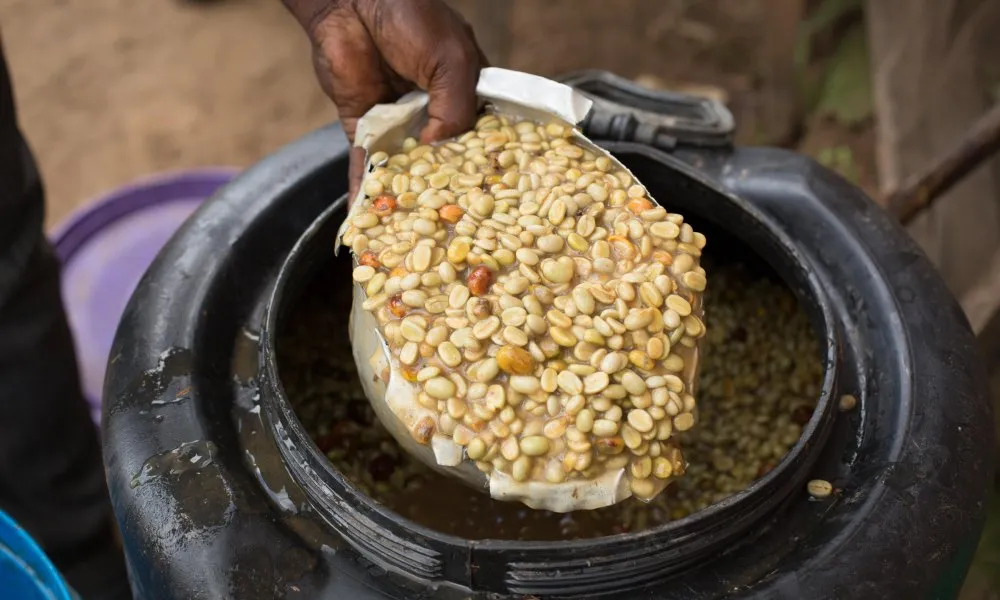
| Prep | 1 hour (for sorting and preparing beans, setting up equipment). |
| Cook | 24 to 72 hours for fermentation + 15 minutes for roasting. |
| Total Time | Approximately 25 to 73 hours and 15 minutes, plus resting time. |
| Yield | This will depend on the amount of coffee beans you start with; typically, 1 pound of beans will yield about 15 cups of coffee. |
Ingredients:
- High-quality, fresh coffee beans suitable for anaerobic fermentation.
Tools:
- Coffee roaster (for post-fermentation roasting).
- Burr grinder (for an even and consistent grind).
- Scale (precision is key in coffee making).
- Thermometer (to monitor the fermentation and roasting temperature accurately).
- Timer (to track fermentation and roasting times).
Step by Step Instructions in Making Anaerobic Coffee
Selection of Beans:
Start with selecting high-quality, fresh beans that have a natural sweetness and are known for their complex flavor profile.
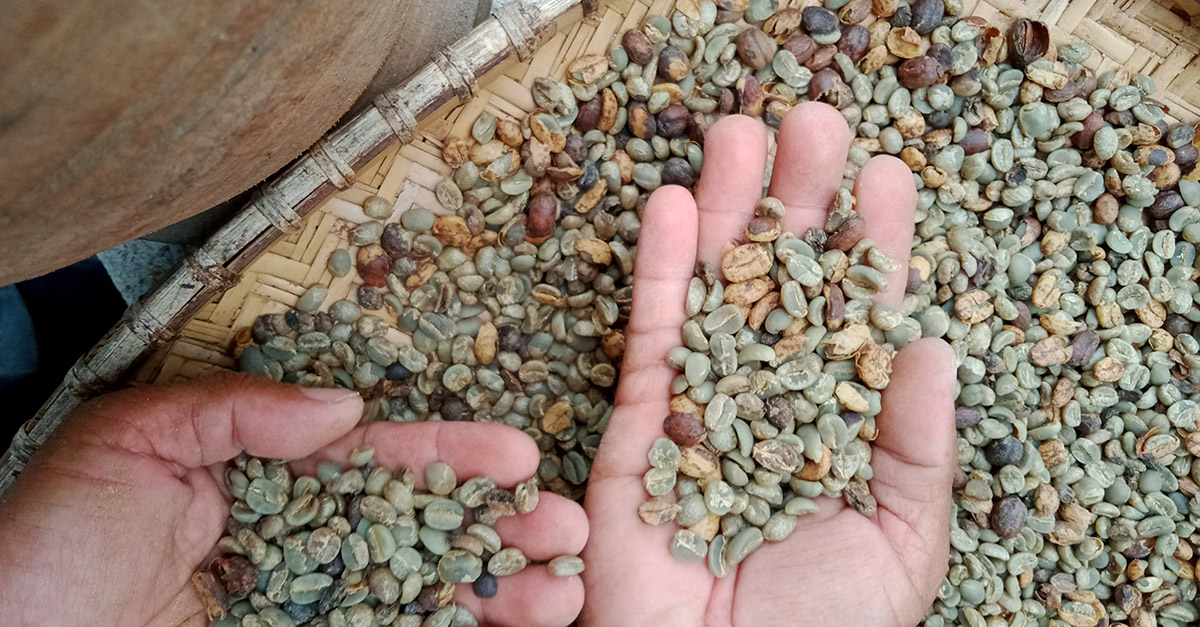
Preparation for Fermentation:
- Measure the desired amount of coffee beans.
- Place the beans in your airtight fermentation vessel.

Fermentation Process:
- Seal the container to ensure no oxygen can enter.
- Store the vessel in a controlled environment where you can maintain a consistent temperature, ideally between 20-25°C (68-77°F).
- Let the beans ferment for a period ranging from 24 to 72 hours, depending on the desired flavor profile.

Roasting
- After fermentation, carefully remove the beans from the vessel.
- Preheat your coffee roaster.
- Roast the beans to your preferred roast level. This usually involves a medium to medium-dark roast to highlight the unique flavors developed during fermentation.
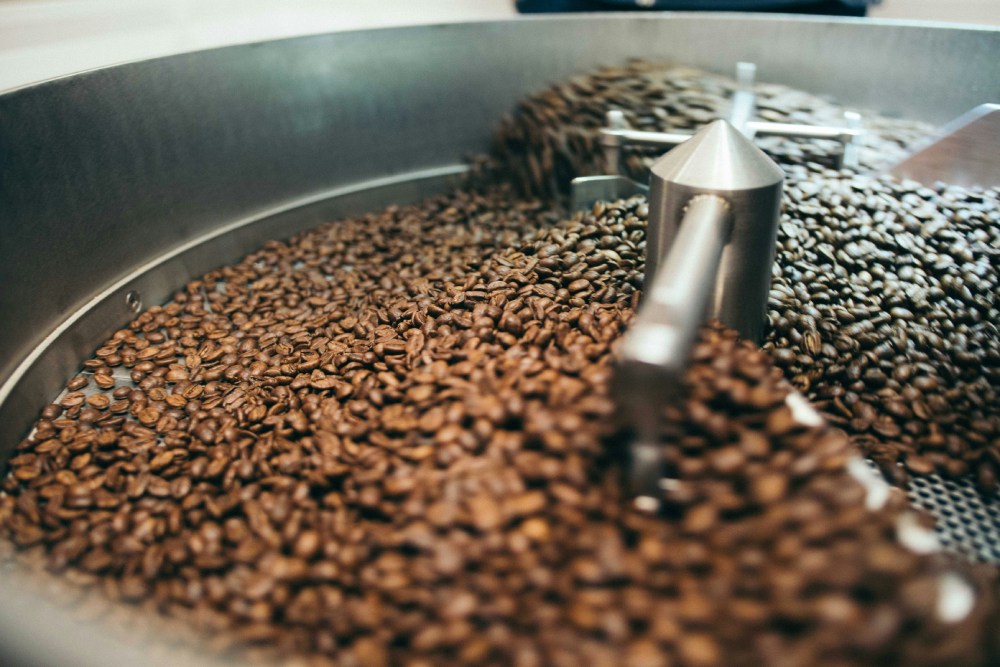
Cooling and Resting:
- Once roasted, cool the beans quickly to stop the roasting process.
- Let the roasted beans rest for at least 24 hours to degas and develop their full flavor profile.

Grinding and Brewing:
- Grind the beans to the appropriate coarseness for your brewing method.
- Brew the coffee using your preferred method, such as pour-over, French press, or espresso.

How to Store Freshly Roasted Anaerobic Coffee
Storing your freshly roasted anaerobic coffee correctly is crucial for preserving its unique flavors and aromas. Here’s how to keep those beans as fresh as the day they were roasted:
- Cool Down: Ensure your beans are completely cooled after roasting before storing them.
- Airtight Containers: Transfer the beans to an airtight container. Oxygen is coffee’s worst enemy, so keeping it out is key.
- Avoid Light and Heat: Store your container in a cool, dark place. Light and heat can degrade the quality of the coffee over time.
- Use Quickly: While anaerobic coffee can be stored, it’s best enjoyed within a month of roasting to experience its full spectrum of flavors.
- Vacuum Sealing (optional): For longer storage, vacuum-sealed bags can significantly extend freshness, especially if you won’t use the coffee immediately.

Wrapping Up
Anaerobic coffee roasting is a game-changer in the world of coffee. It takes the beans on a unique journey, transforming them into vessels of extraordinary, untapped flavors. This method not only highlights the versatility and complexity of coffee but also introduces enthusiasts to a spectrum of tastes they never knew existed.
Whether you’re a seasoned coffee aficionado or a curious newbie, experimenting with anaerobic coffee opens up a new dimension of brewing and tasting experiences. So, why not dive into this adventure? Your taste buds might just thank you for the thrilling ride.
Disclosure: Our blog contains affiliate links to products. We may receive a commission for purchases made through these links. However, this does not impact our reviews and comparisons. We try our best to keep things fair and balanced, in order to help you make the best choice for you.

